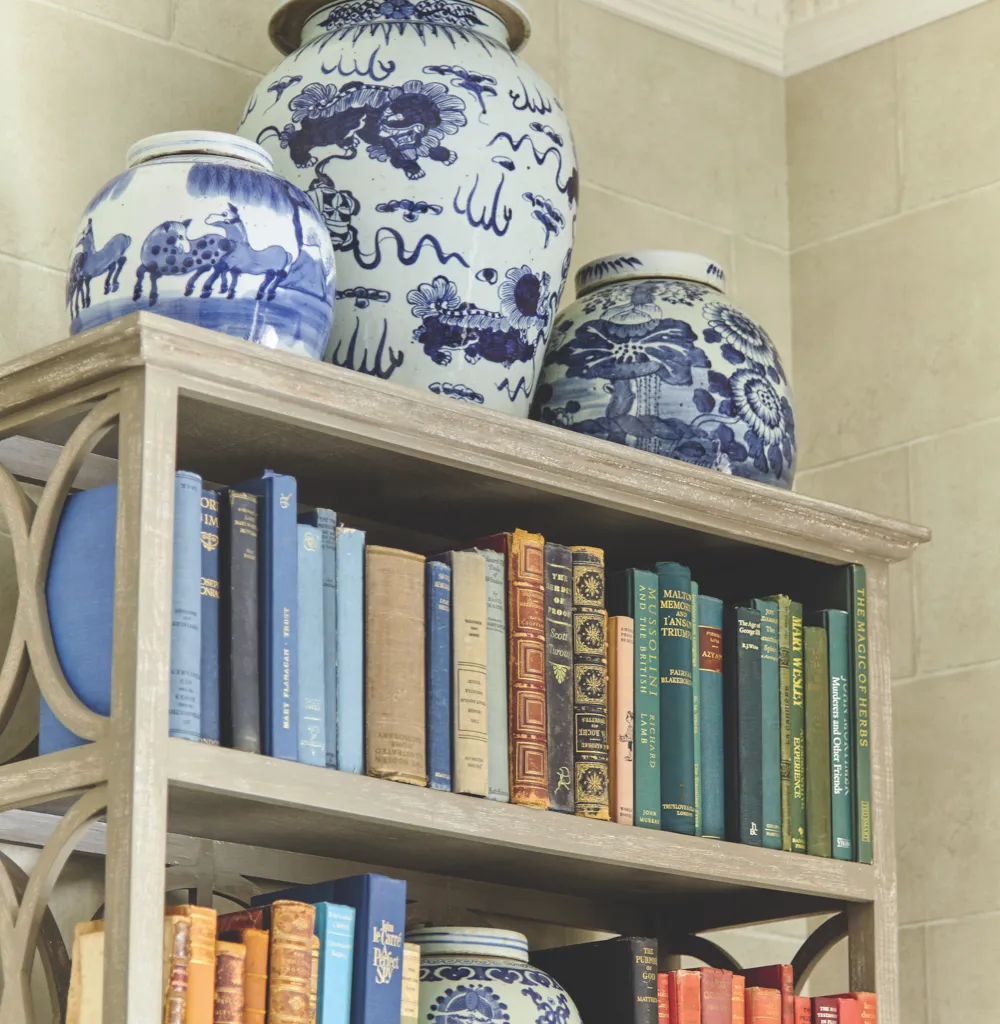Picture a sitting room in a classic English stately home – you’re likely to see two Chinese ginger jars flanking the fireplace, their beautiful blue-and-white forms adding symmetry and elegance. But how and why did these evocatively Eastern pieces, with their ovoid forms, high shoulders and delicate detailing, become a staple feature of our traditional interiors scheme? The answer is in the quality…
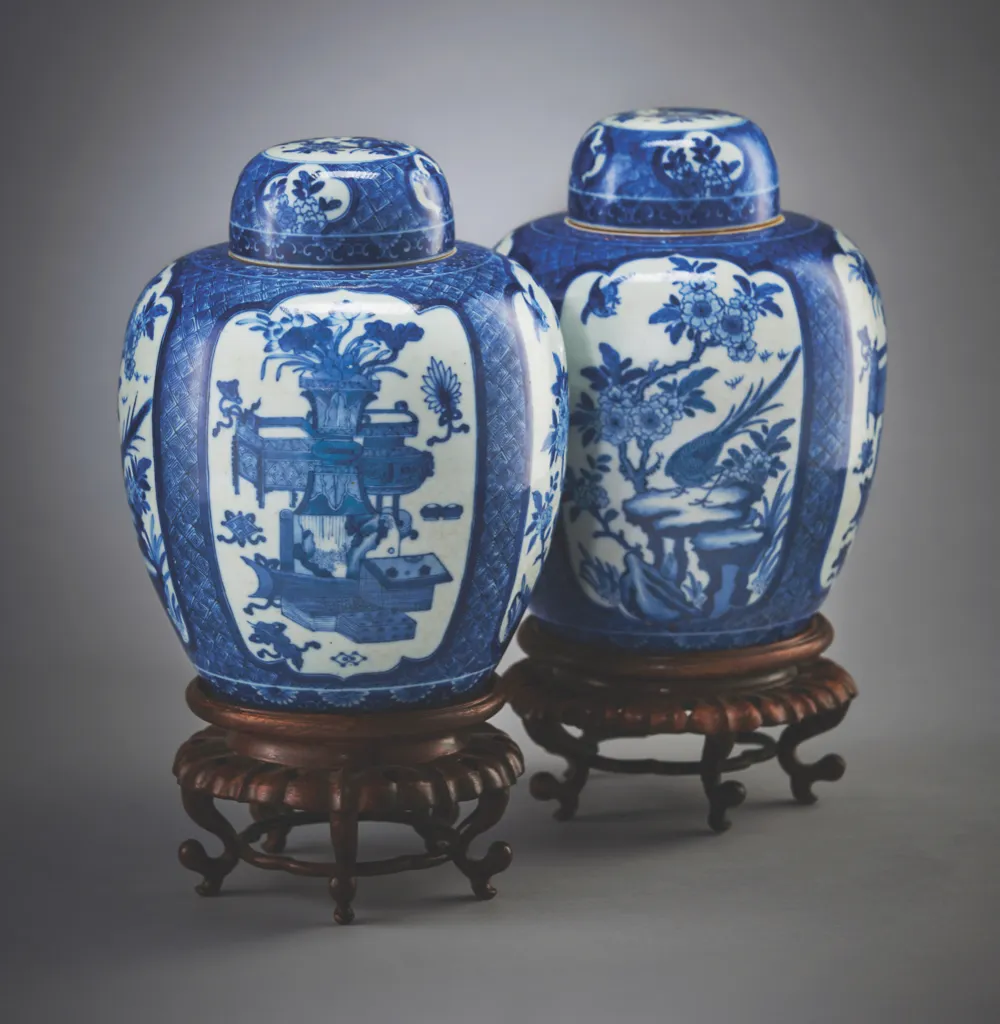
When were the first Chinese ginger jars made?
‘The earliest ginger jars as we know them date from the Ming period (1368-1644), and they were made for exporting salt, spices, oil, and so on, to the West,’ says BADA dealer Kevin Page. The Europeans couldn’t help but be impressed by these cargo containers – the jars were far more refined than any porcelain being produced in the West at the time. Through the 18th and 19th centuries, the jars became highly coveted as luxurious accessories for the home, not only for their fine quality, but also their aesthetic appeal. ‘The variety of designs is wide but always very decorative,’ says Kevin. ‘You often see cherry blossoms, as well as figures, landscapes and animals.’
With such a range of patterns and colours (there are far more than just the classic blue and white) it’s small wonder porcelain collectors and interiors enthusiasts alike rank these high-shouldered beauties greatly. And, with prices ranging from £20 to £500,000 and beyond, there’s an antique jar to suit every budget and taste.
You might also like our guide to antique ceramics
Where are Chinese ginger jars made?
For many centuries, ginger jars were made on a vast scale to keep up with demand but, despite being ‘mass produced’, these were still handmade products of exceptional quality. Thrown by master potters and painted by skilled artists, the production process was a testament to China’s ancient porcelain traditions. One city famous for creating perhaps the finest export wares is Jingdezhen in south-east China, which remains a mecca for ceramicists to this day.

The city’s porcelain heritage is thought to date back as far as the sixth century BC. By the time of the Ming dynasty, when ginger jars were rising in popularity, this porcelain hub was producing wares for the government and the imperial household, as well as exporting to Europe on a scale never seen before. It is even thought that the English word ‘china’ comes from Western attempts to pronounce Jingdezhen’s earlier name, Changnan.
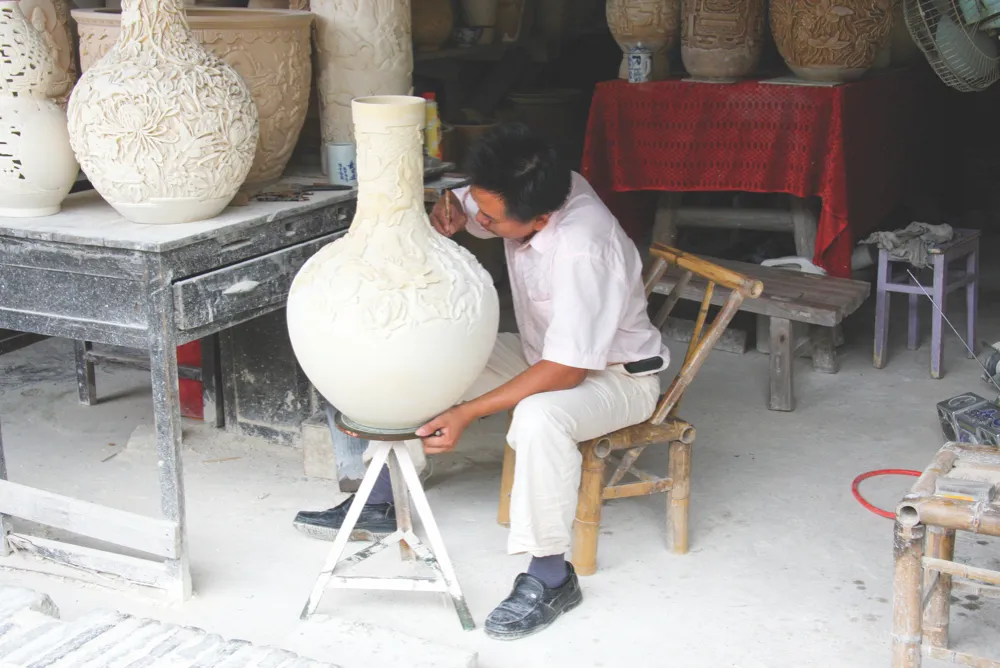
What colour are Chinese ginger jars?
Though blue and white ginger jars are the most common, they were crafted in a range of decorative colour palettes.
Imari ginger jars
Jars are also found in the richly pigmented Imari style, which features a blue underglaze with shades of red, black and gold on top. This pair of 1800s jars fromVinteriorillustrates the style.
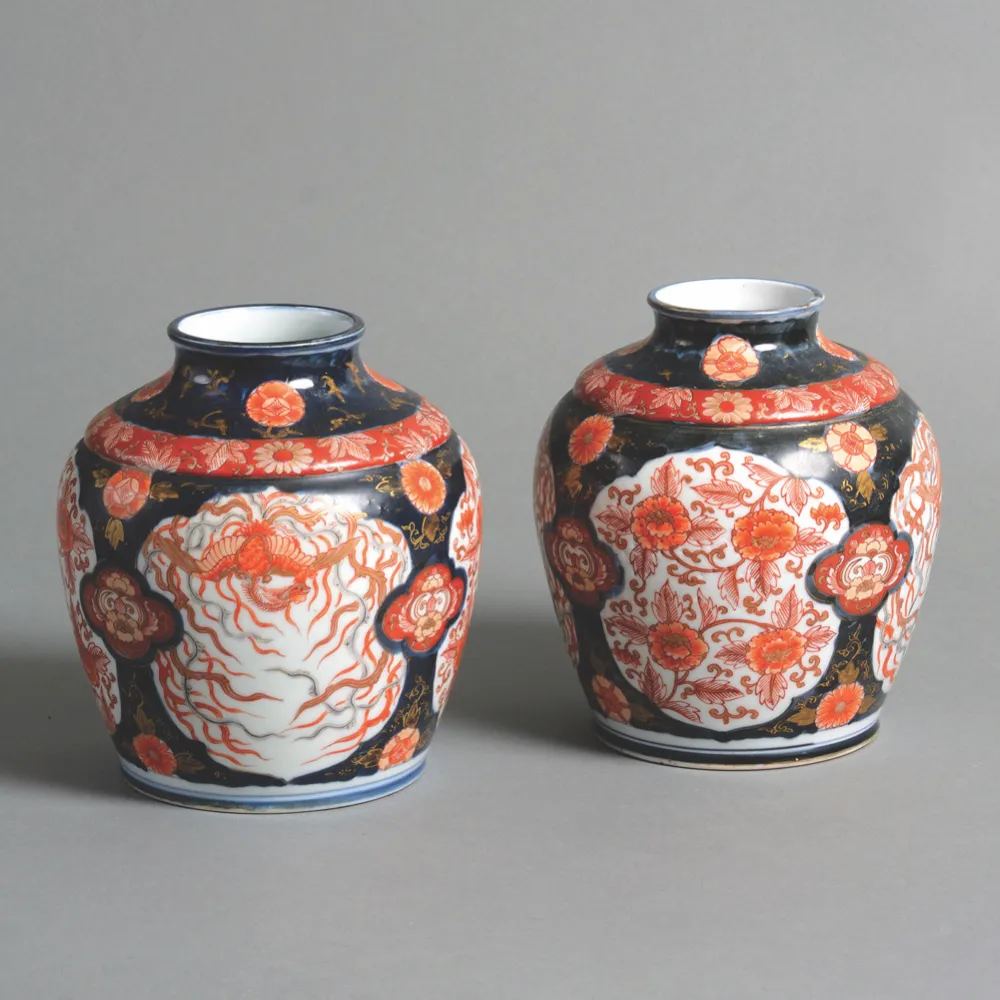
Cinnabar carved lacquer ginger jars
For bold colour, choose cinnabar-finished jars like this one which sold at McTear’s Auctioneers. Carved lacquered jars usually have a base of turned wood which are then decorated with the sap of a tree (lacquer) which hardens when exposed to the air. The red cinnabar colouring is made using powdered mercury sulphide.
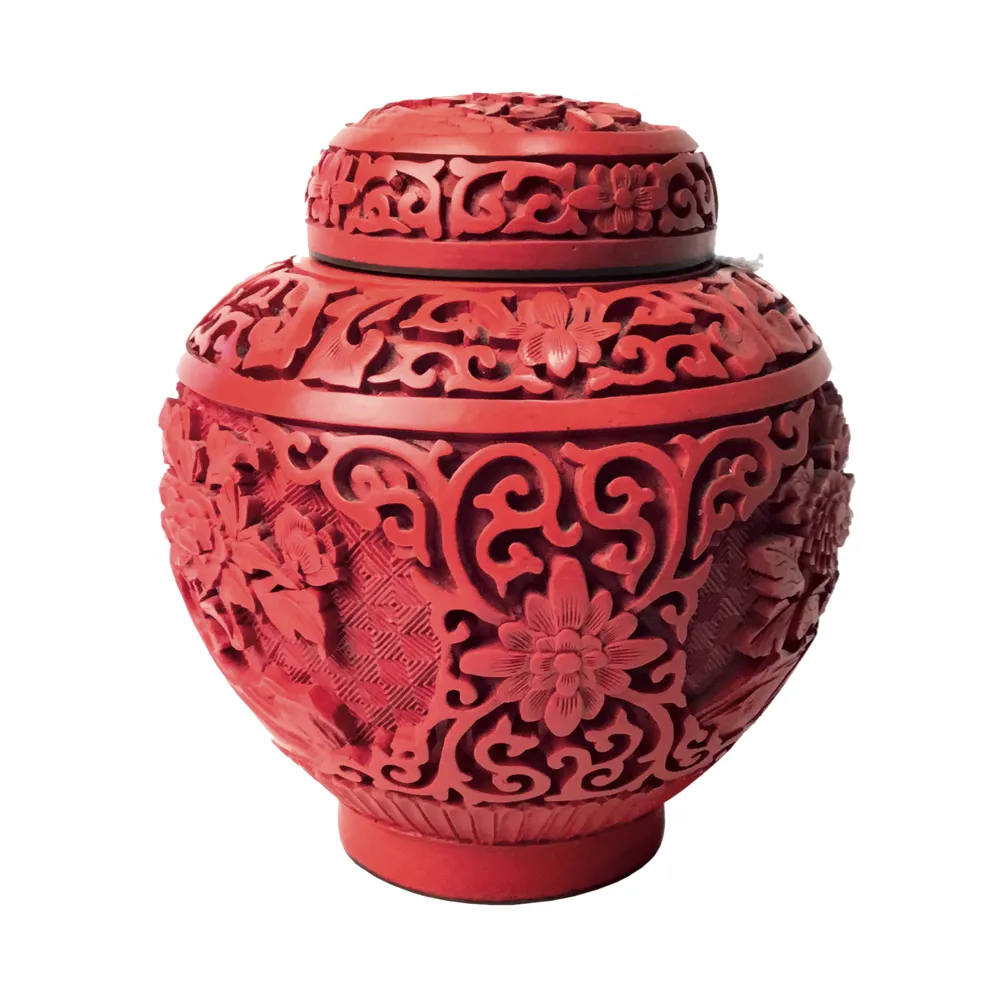
Famille verte ginger jars
This jar is a fine example of the luscious green hue that blossomed in the 1600s. Pair sold in 2018 for £22,500, Bonhams. Literally translating to 'green family' the term refers to ceramics which were predominantly green in colour.
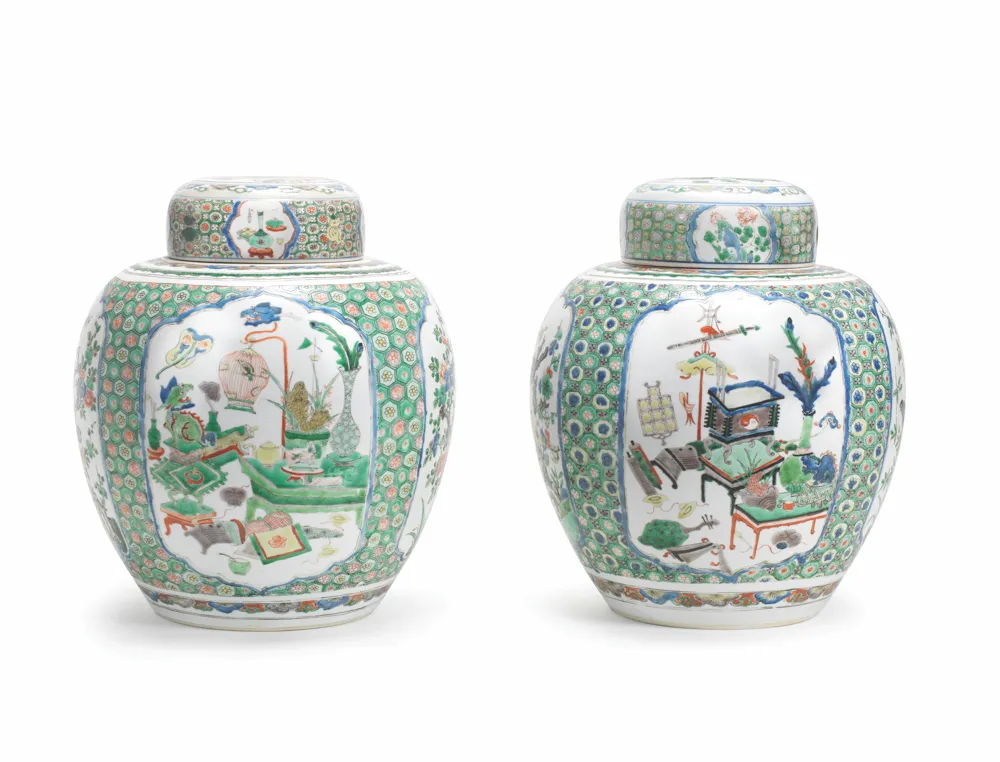
Famille rose ginger jars
The opaque pink hues seen on this famille rose jar flourished in the 1700s. Pair sold in 2018 for $10,625 at Christie’s.Similar to the above, famille rose refers to ceramics which are predominantly pink in colour.
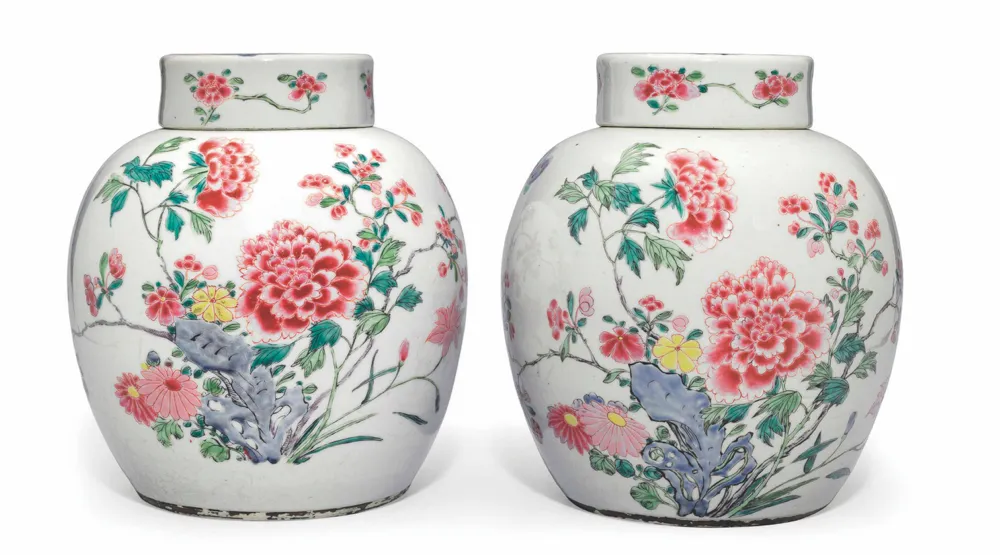
Famille noire ginger jars
Intensely black with a hint of green, this 19th-century jar is a prime example of the predominantly dark colour palette. These striking jars are from Kevin Page.
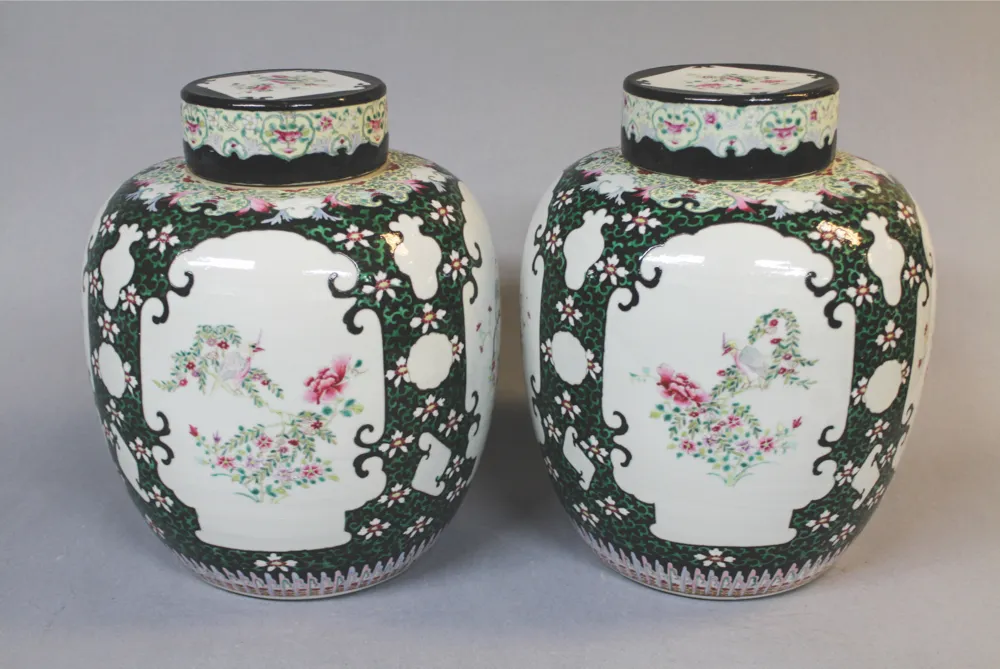
How to identify and buy a Chinese ginger jar
What to look out for when shopping for an authentic antique Chinese ginger jar...
- The key factors in identifying a jar’s value are its age, colour, rarity, condition – and a lid. ‘The original lid makes a real difference to the price,’ advises Kevin Page.
- There are a few signs that suggest a ginger jar is of good quality: ‘It should be porcelain, complete and have painting of good quality,’ says Kevin. ‘If you are not worried about restoration or damage, you may be able to get a very old jar for a great price.’
- And key signs that reveal the quality might not be so good? ‘The painting will be crude and rushed with large brushstrokes.’ Fakes are a problem – make sure your jar is genuine by buying from a reputable dealer or auction house.
- Almost all jars have reign marks on the base that tell you which dynasty and emperor the jar was made under. However, this can be misleading, as Kevin explains: ‘Potters sometimes replicated the styles of previous reigns and would use the appropriate mark for the style they were imitating. This was not deception though, as these jars were not sold as being older than they were. These are not fakes so much as a homage to past craftsmen.’
- Ready to buy? ‘For the best variety,’ says Kevin, ‘head to specialist oriental dealers. Or visit reputable auctions where age and condition will be guaranteed. You also see jars at antiques fairs, often on a specialist dealer’s stand.'
How to display Chinese ginger jars in your own home
Cluster together blue and white ceramics of different ages and styles for an eclectic look
In a striking medley of blue-and-white china, a ginger jar deserves centre stage. Line your mantelpiece with monochromatic classics and place a ginger jar in the middle, using it as a vase for fresh, summery yellow flowers.

Make a statement by playing around with shape and form in your home
Position a classic blue-and-white ginger jar, with its soft, flowing curves, next to more rigid forms such as a boxed model, to accentuate the lines of each. Add interest above with a gilt-framed painting.

Create a traditional look by pairing with classic brown furniture
Ginger jars sit beautifully with wooden furniture – but don’t feel restricted to pieces that are as refined and ornate as the porcelain. Here, the simplicity of the chest of drawers allows your eye to appreciate the jar’s detail.
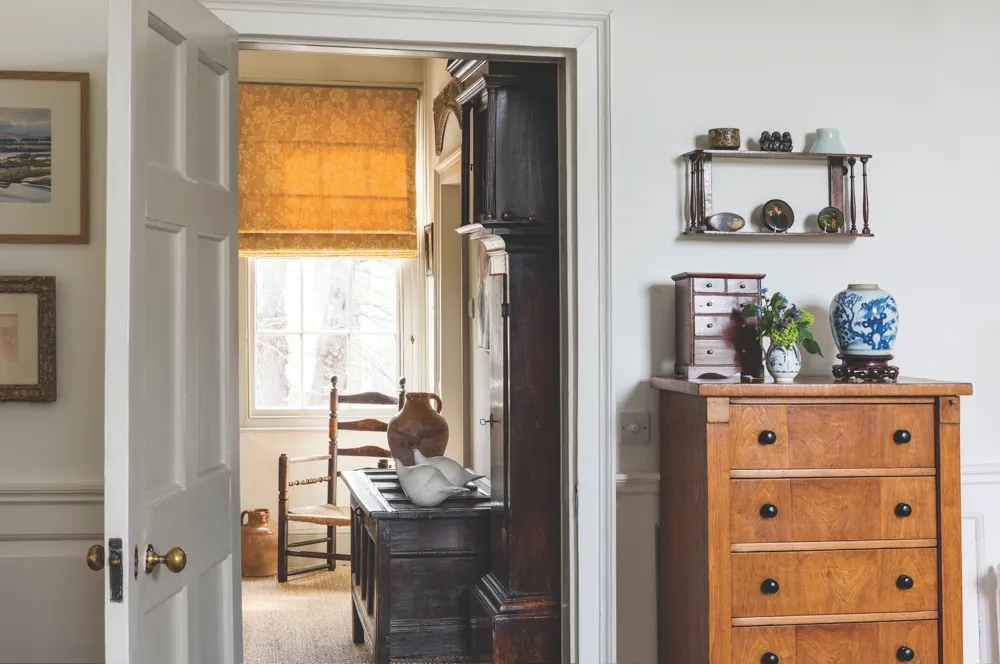
Draw the eye upwards by positioning a ginger jar atop a tall shelving unit or bookcase
Sometimes the top of a bookcase or dresser calls out for a finishing touch and, as seen here in a look by Oka, a collection of ginger and temple jars can be just what the stylist ordered.
